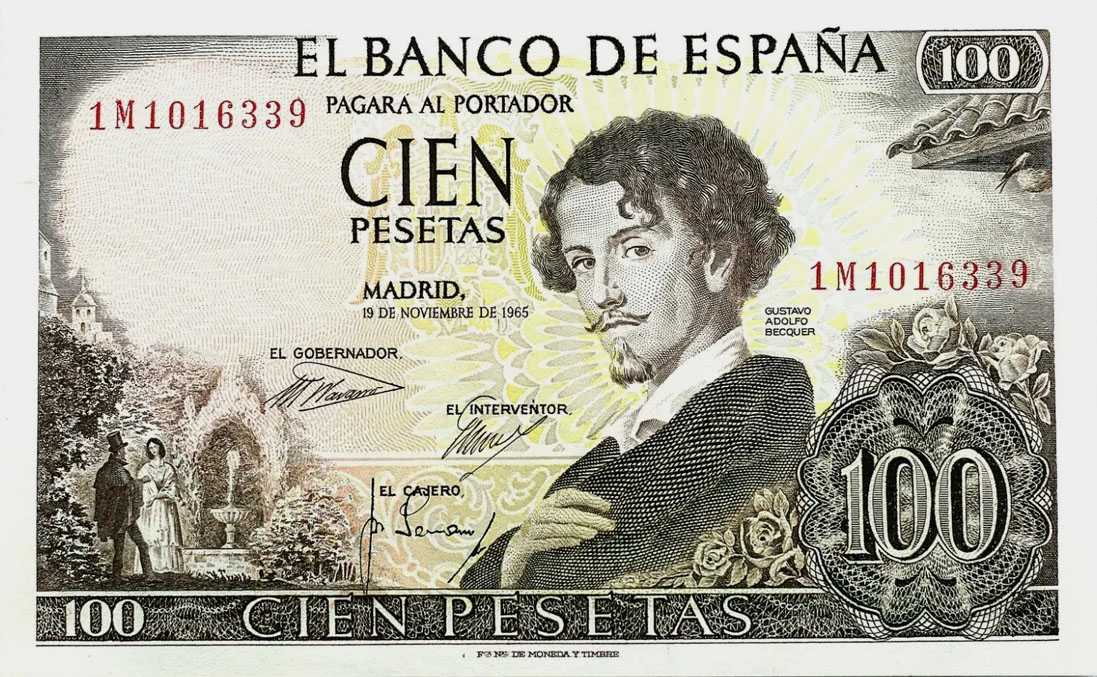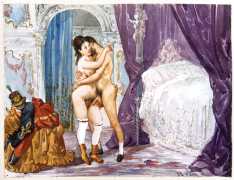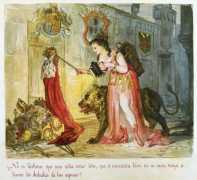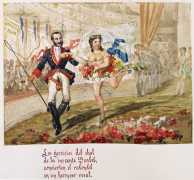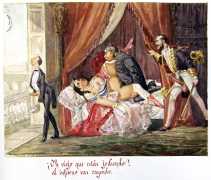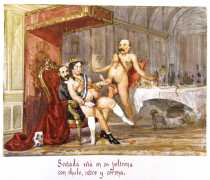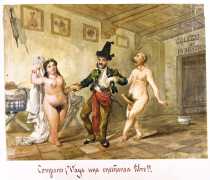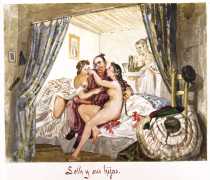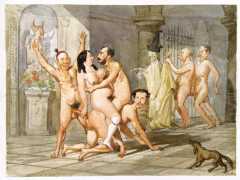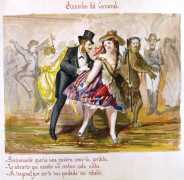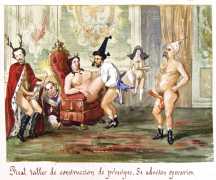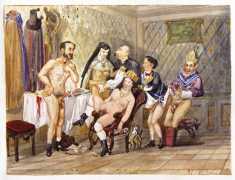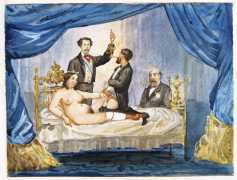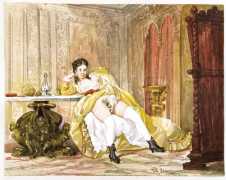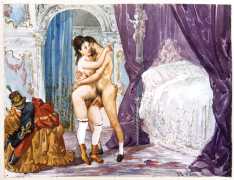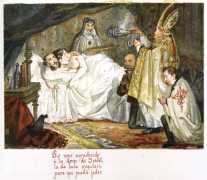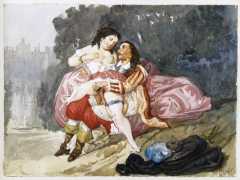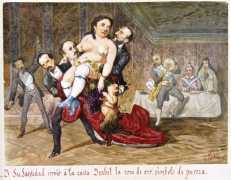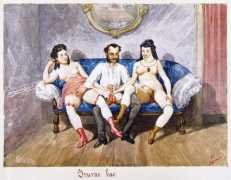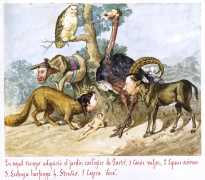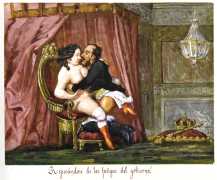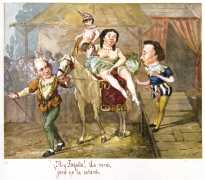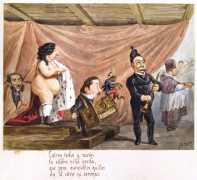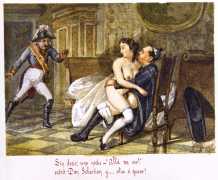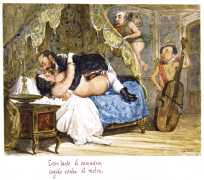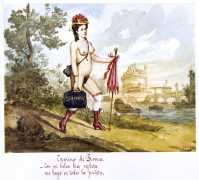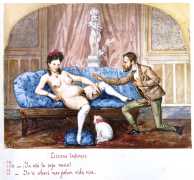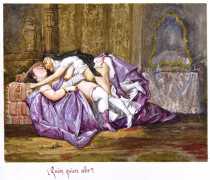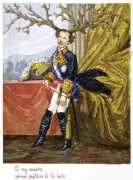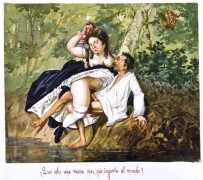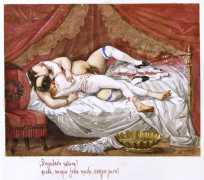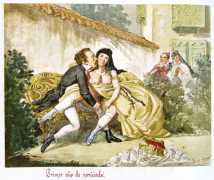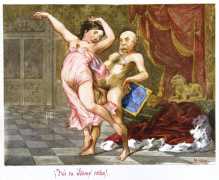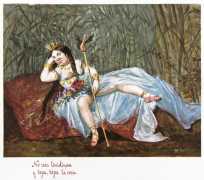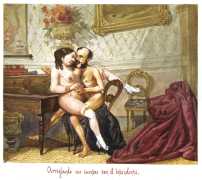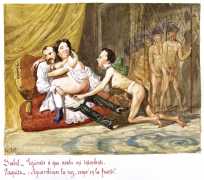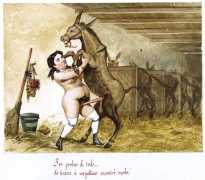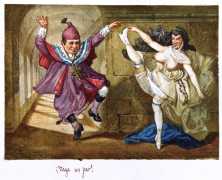 Valeriano Domínguez Bécquer was a Spanish painter and graphic artist. He grew up in Seville with his younger brother, Gustavo Adolfo Bécquer, who was to become a well-known poet. Their father, José Domínguez Bécquer, was a painter, and Valeriano’s first art lessons came from his father, who died when Valeriano was only eight. Afterwards the boys were raised by their mother’s family, and Valeriano took lessons from his uncle Joaquín Domínguez Bécquer, assisting in his workshop until 1853.
Valeriano Domínguez Bécquer was a Spanish painter and graphic artist. He grew up in Seville with his younger brother, Gustavo Adolfo Bécquer, who was to become a well-known poet. Their father, José Domínguez Bécquer, was a painter, and Valeriano’s first art lessons came from his father, who died when Valeriano was only eight. Afterwards the boys were raised by their mother’s family, and Valeriano took lessons from his uncle Joaquín Domínguez Bécquer, assisting in his workshop until 1853.
Valeriano’s brief marriage to the daughter of an Irish seaman failed in 1862 after producing two children, and he followed his brother to Madrid. In 1865 he received a government commission to paint scenes of festivals, costumes and customs from the various Spanish regions, which resulted in several years of travelling. The project was left unfinished, however, when the Glorious Revolution resulted in the grant for his commission being withdrawn. To supplement his income he worked as a cartoonist and illustrator for several publications, including La Ilustración Española y Americana and El Museo Universal, often in conjunction with Gustavo.
Valeriano died of liver disease in Madrid, aged just 36, three months before his brother. Valeriano’s portrait of Gustavo was used on the one hundred peseta Spanish banknote from 1965 to 1970, and was the model for a memorial bust in Madrid’s Maria Luisa Park.
